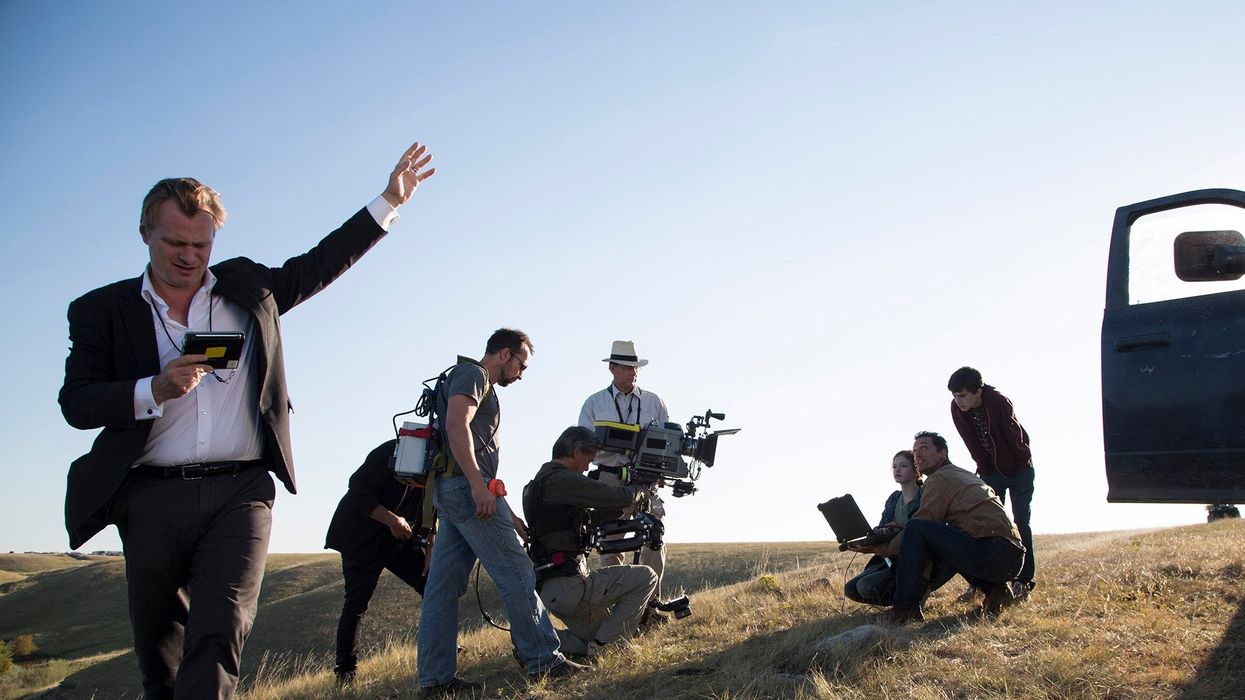What's Christopher Nolan's Secret Weapon for Building Intensity?
Nolan likes to put his characters in tight situations. How does he build around that?

Christopher Nolan is arguably the most popular director working today. His movies are events—I mean, just look at how we are all freaking out about how to watch Tenet during a pandemic.
But why? What gets us so excited about Nolan and his work? Well, it might have something to do with one particular aspect of his filmmaking: his ability to add tension to every situation.
Tension breeds conflict and conflict is at the heart of every drama. So, let's take a look at how Nolans does this and how you can emulate his actions in this video essay from Entertain the Elk.
What's Christopher Nolan's Secret Weapon for Building Intensity?
While adding conflict in storytelling can build intensity, Nolan likes to employ this on many layers. One editing technique he uses to keep the intensity building is cross-cutting. Cross-cutting is the idea of editing between two scenes that are going on simultaneously.
Sometimes, this uses the Kuleshov effect to direct the audience's emotions.
Other times it just allows us to build layers of emotion and story by showing us what's going on in two different locations.
Maybe the best example of cross-cutting comes from The Godfather, during the baptism scene. We cut from the baby's baptism to Michael's nefarious deeds. This not only spits in the face of the holiness of the baptism but also shows the audience his descent into evil.
How Does Nolan Use Cross-Cutting?
Nolan LOVES cross-cutting. We've seen him build 3 of his movies around the very idea. Memento is built cross-cutting the past, present, and future. Inception's whole hook is that we have stories cross-cutting in different depths of a dream, and thus time speeds. And Dunkirk is about cross-cutting stories of the British retreat.
Using this technique, Nolan can build intensity within the story.
This intensity adds another element: audience involvement. Having to understand multiple POVs keeps our mind working and keeps us hooked to the screen. We are being challenged and we like it.
Whether it's used to show people breaking into someone else's mind or to show a guy losing his own mind, Nolan knows how to play the audience. His cross-cutting is imperative to his storytelling. He loves to build the idea of multiple stories going on at once.
I mean, let's even look at Interstellar. We have time moving at different speeds (like in Inception), so when we cross-cut we are seeing years slip by. This creates emotion in the audience. The longer we spend in one area, the more time we see pass in the other.
In this way, we understand every scene is part of a race against the clock.
That keeps us on the edge of our seats.
What are some of your favorite times Nolan uses cross-cutting in his films?
Let us know in the comments.
What's next? Get our free screenwriting eBook!
So much of what we're talking about on No Film School when it comes to screenwriting is summarized in our new eBook. It also helps guide you through a 10-week writing plan that will get your script actually finished.
Source: Entertain the Elk











